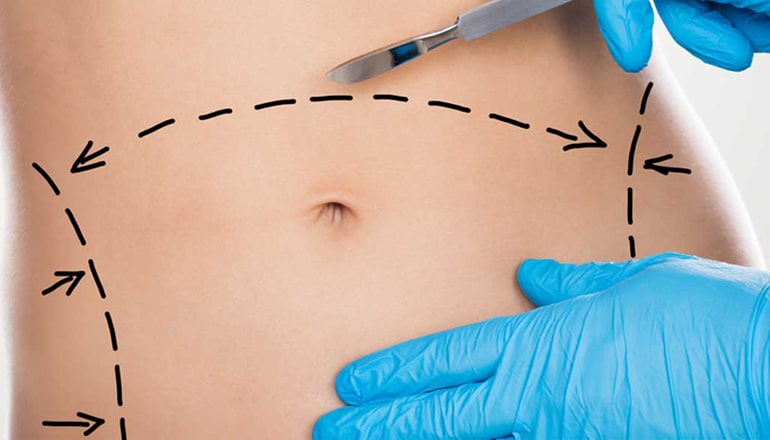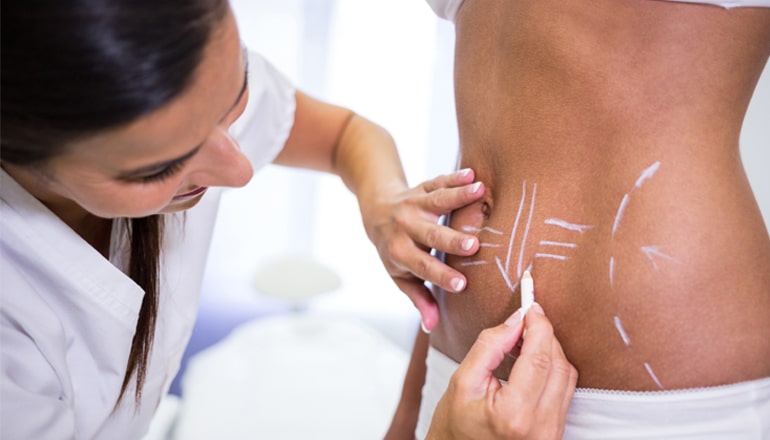

Liposuction is a method of removing excess fat tissues in some parts of the body by vacuum method and obtaining smoother body lines. In this way, the fat in the areas where these stubborn fat accumulations are removed, gives the body a more proportional appearance. Contrary to popular belief, liposuction is not a weight loss surgery, it is a contour correction surgery.
The success of surgery in liposuction depends on the elasticity of the patient's skin, weight and determining what he expects from the surgery. This surgery should not be seen as a miraculous weight loss method. While the volume of fat cells in the body decreases with exercises and strict diets, the number of fat cells does not decrease. In liposuction surgeries, the number of fat cells is reduced by removing the fat cells from the body.
Abdomen, waist, hips, hips, knees, ankles, arms, breast, face, jowl are the areas where fat can be removed by liposuction.
The most suitable patient group for liposuction surgery is the patients who have accumulated fat accumulation in some parts of the body (especially hips, hips, abdomen and waist regions) who are close to their ideal weight or slightly more than ideal, but cannot be removed by diet or exercise.
The fact that the patient has a tight and elastic skin structure and whether he smokes or not also affects the result.
If the patient maintains his weight, the result is permanent. In cases of weight gain in the following periods, these regional excesses will not be at the same rate.
Liposuction surgery takes between 1-3 hours depending on the operation area and the size of the procedure. The operation is performed under local or general anesthesia according to the areas where fat will be removed.
Liposuction surgery is surgery performed with vacuum devices using cannulas of different sizes. Since mm incisions are made, large enough for these cannulas to enter, there are no obvious scars.
There are techniques such as laser liposuction, Vaser liposuction, ultrasound assisted liposuction, wet (liquid giving) and dry liposuction. In our hospital, Vaser Liposuction is preferred among these methods and applied to our patients.
There is not much pain after the surgery. Mild pains are relieved with painkillers. Patients are usually discharged on the same day or one day later. It is possible to return to work in 2-3 days.
There may be swelling and bruising in the post-operative period. It usually resolves in 2 weeks. However, it takes about 6-12 months for all the swelling in the operation area to go down and the area to take its final shape. During this period, massage and some other treatments can be applied for support purposes.
In order for the operation to give effective results, it is appropriate to use a corset in the 1 month period after the operation.
It is useful to pay attention to diet and exercise in the postoperative period. It should not be forgotten that if you continue to overeat, you may gain weight again in other parts of the body, although not as much as before. However, in the case of this weight gain, the areas that have been liposuctioned and the areas that have not been made gain weight proportionally.
Fat embolism is seen very rarely in liposuction surgeries. Early postoperative mobilization is recommended to the patient in order to prevent this life-threatening situation as a result of the mixing of the fat into the circulation.
The most important long-term complications are fluctuations and dents in the area where the fat is removed. These fluctuations and dents are caused by excessive or irregular fat removal or poor skin elasticity.